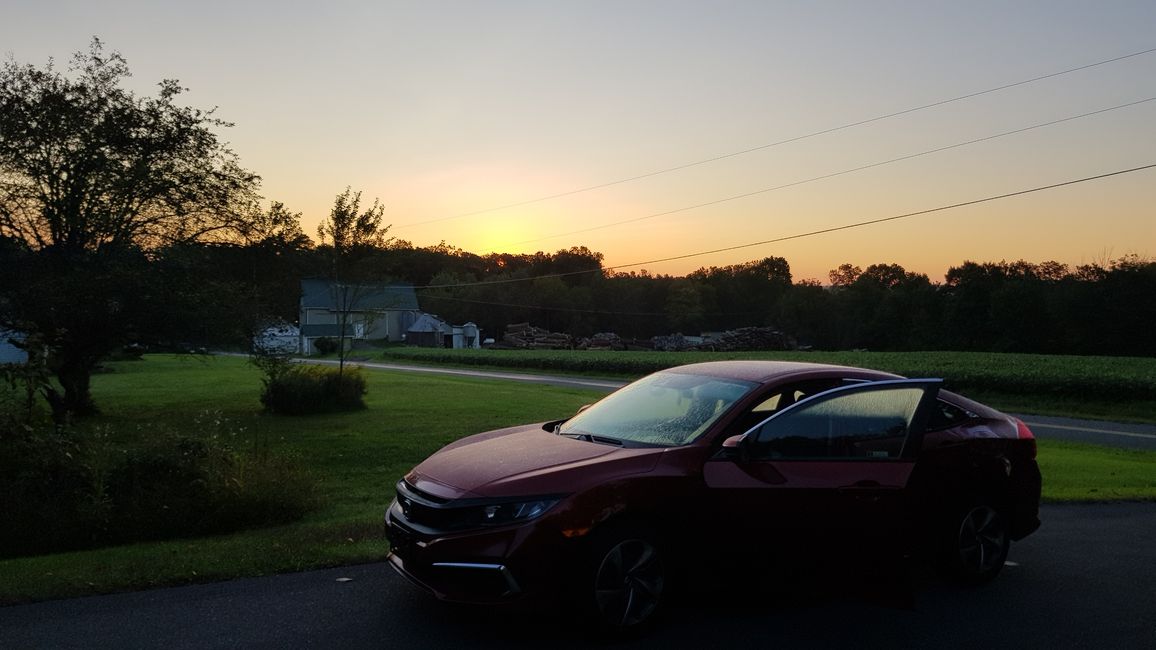IBMA World of Bluegrass Festival in Raleigh North Carolina
Argitaratu: 30.09.2023
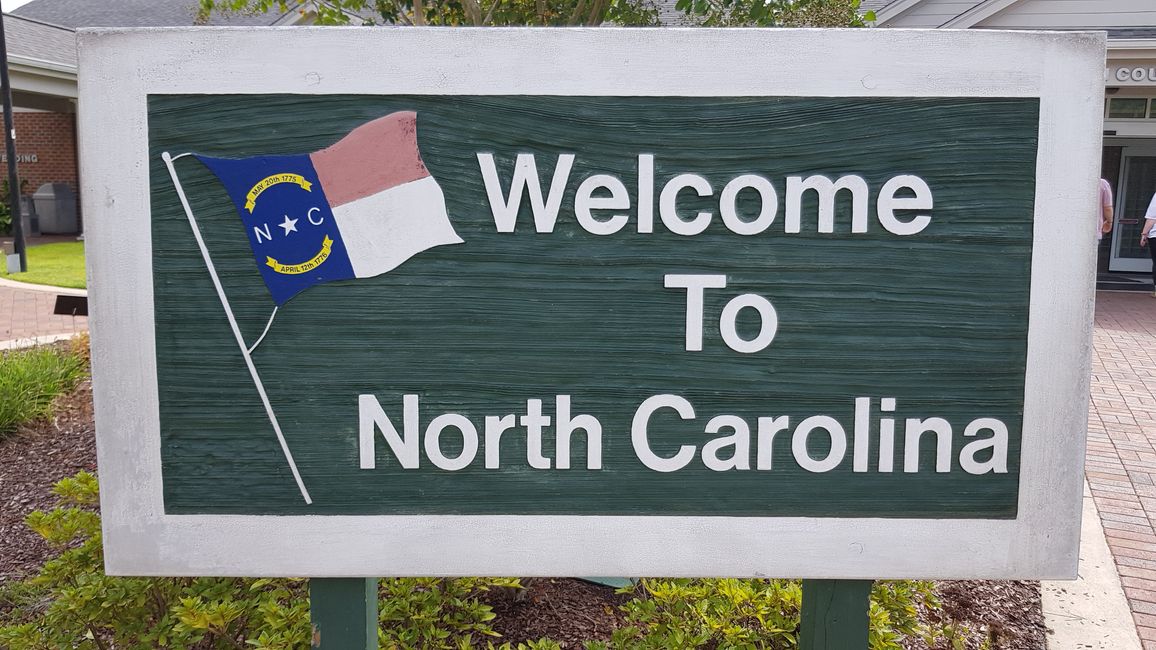
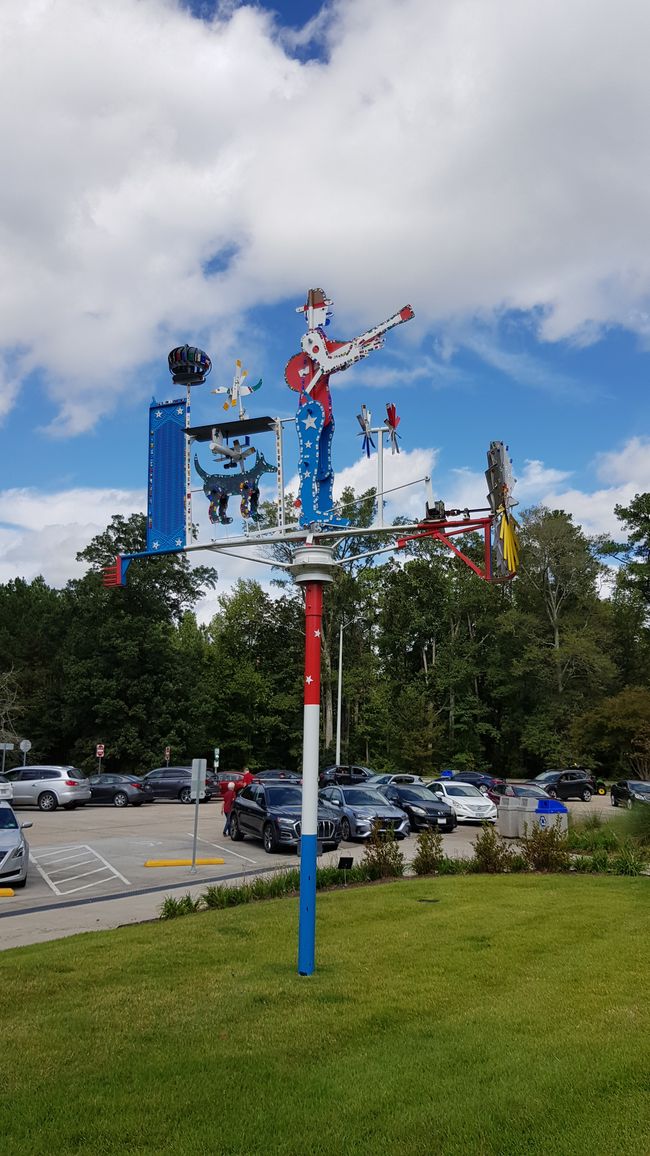
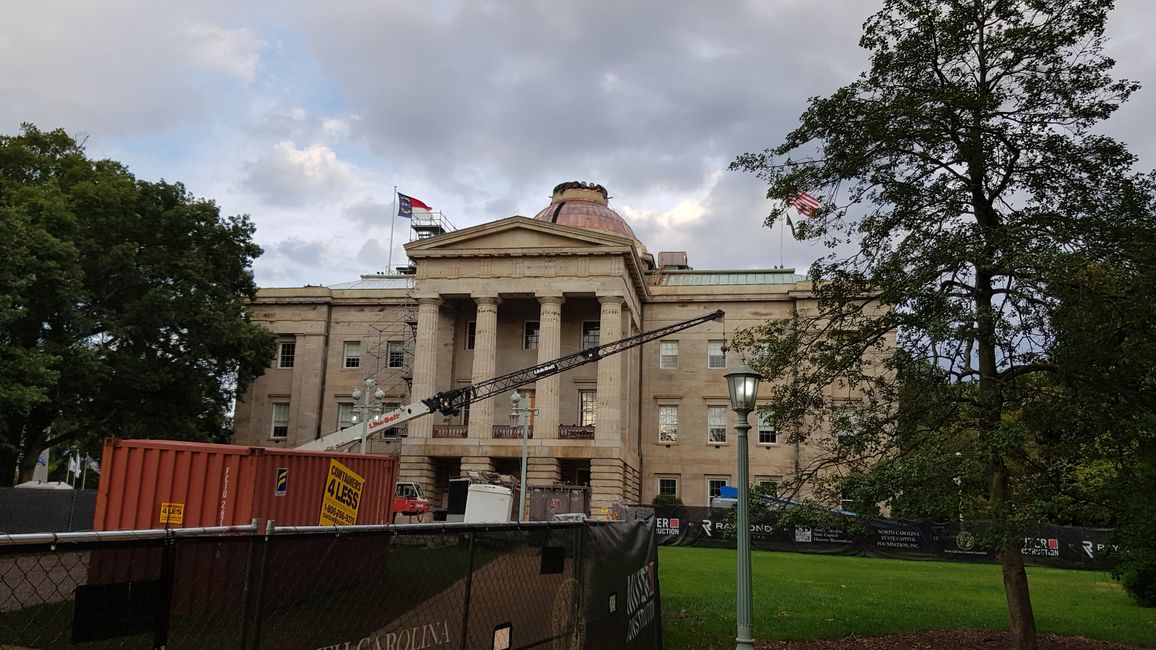
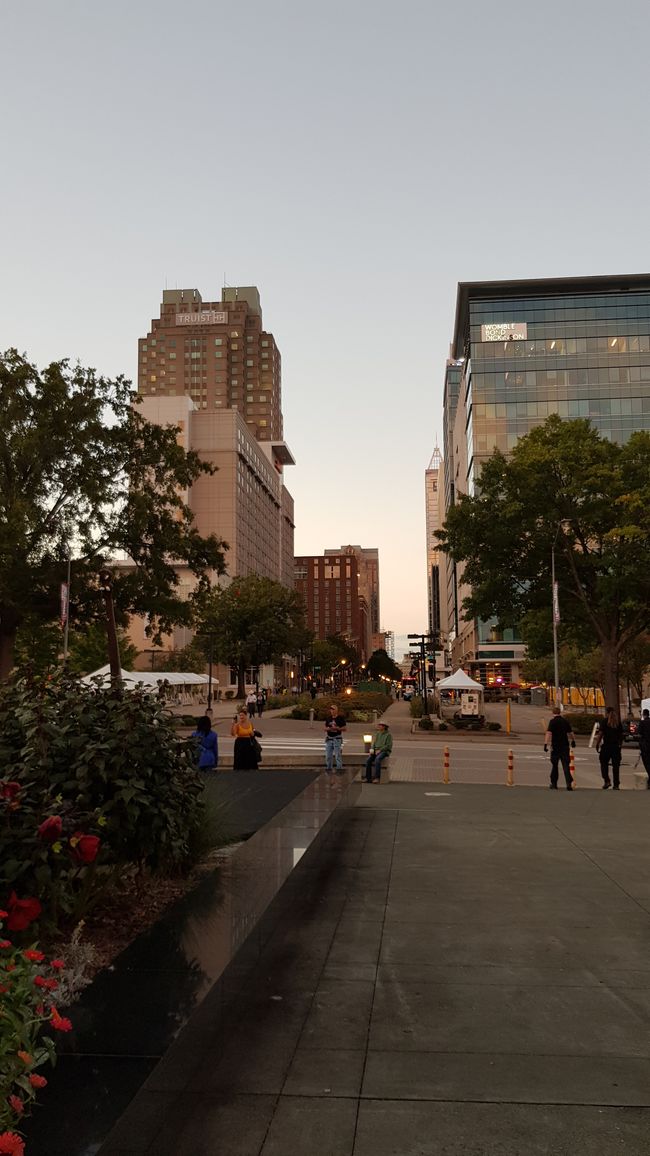
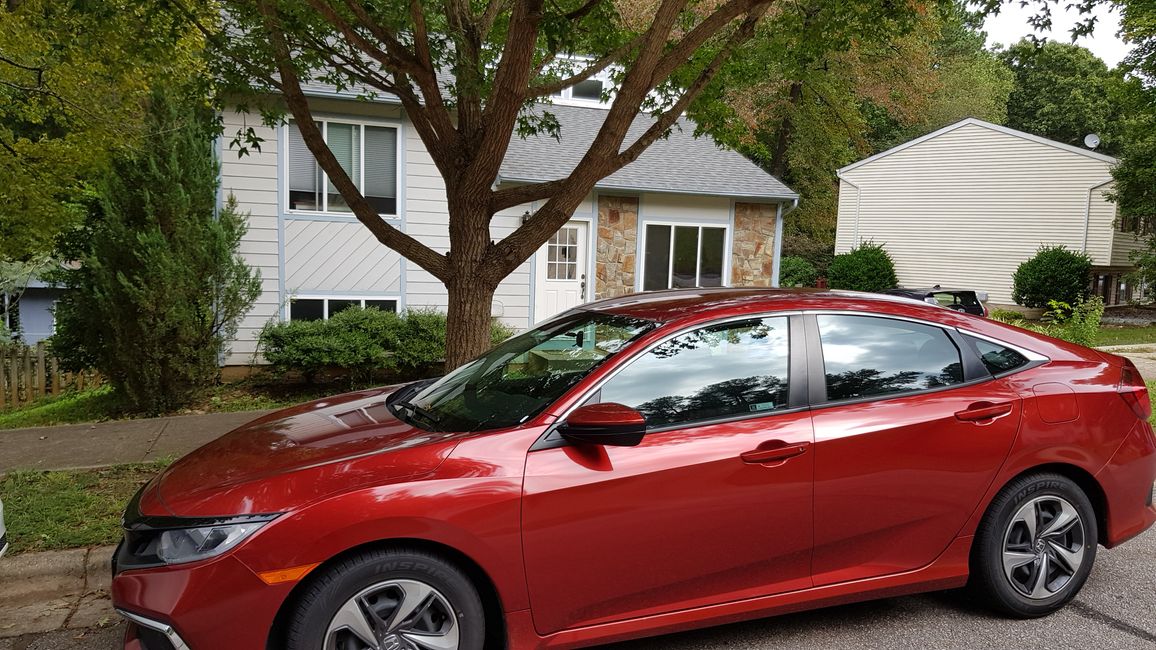
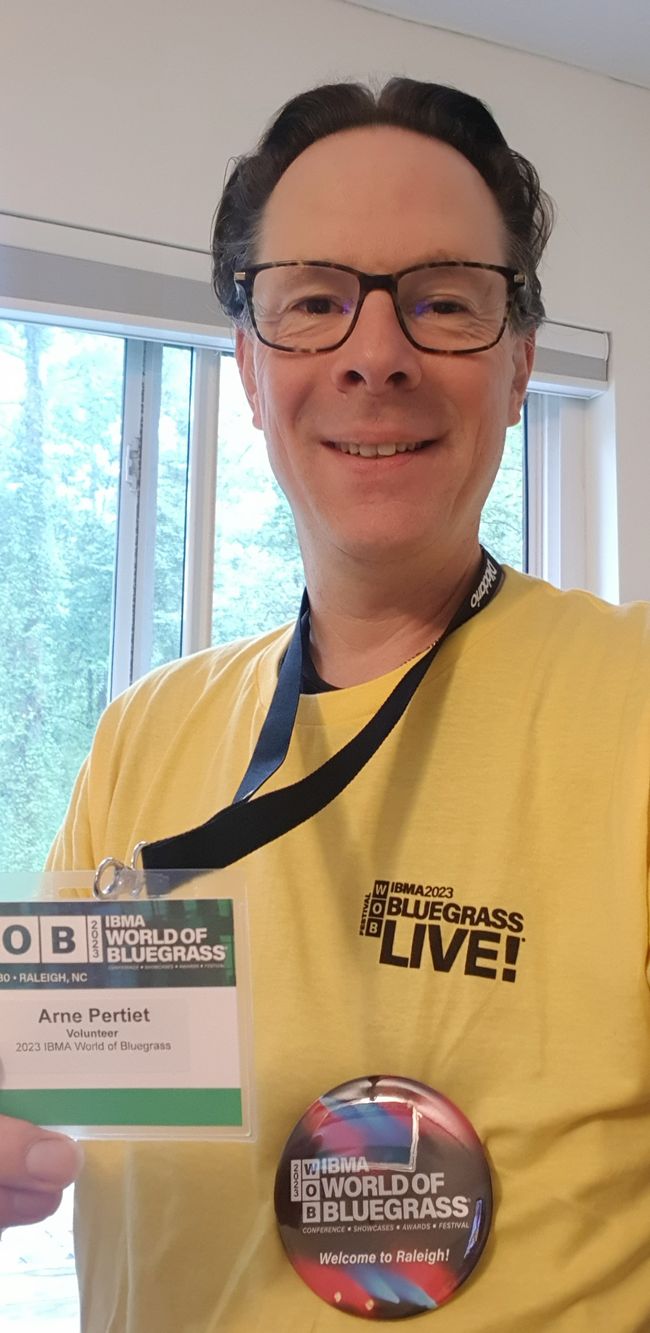
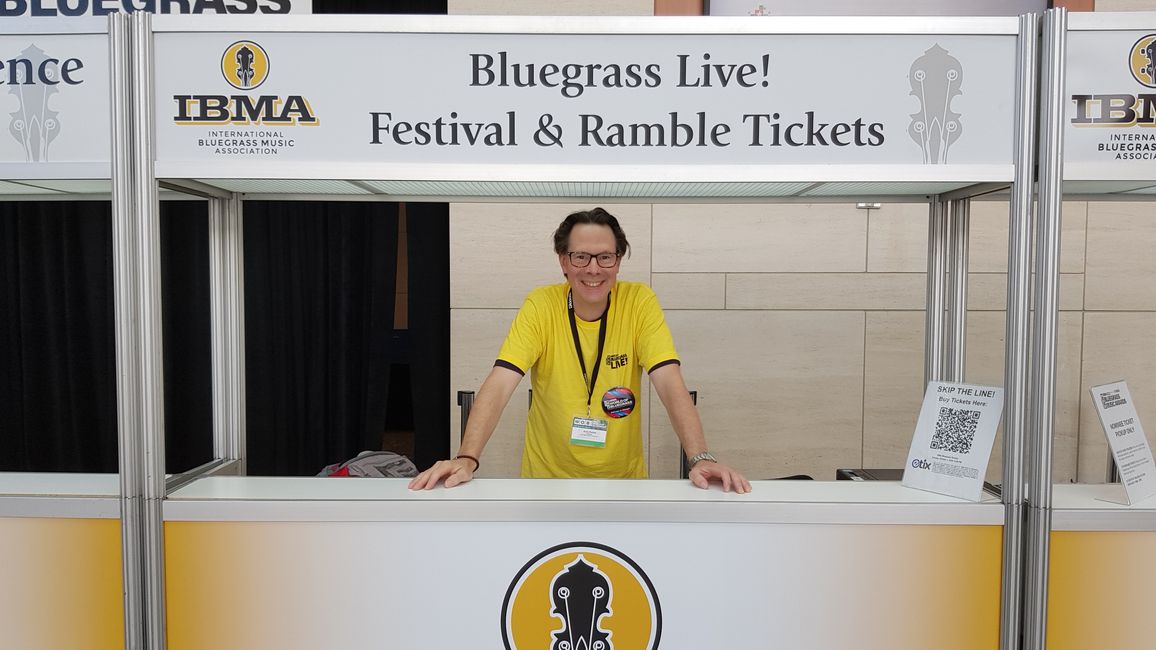
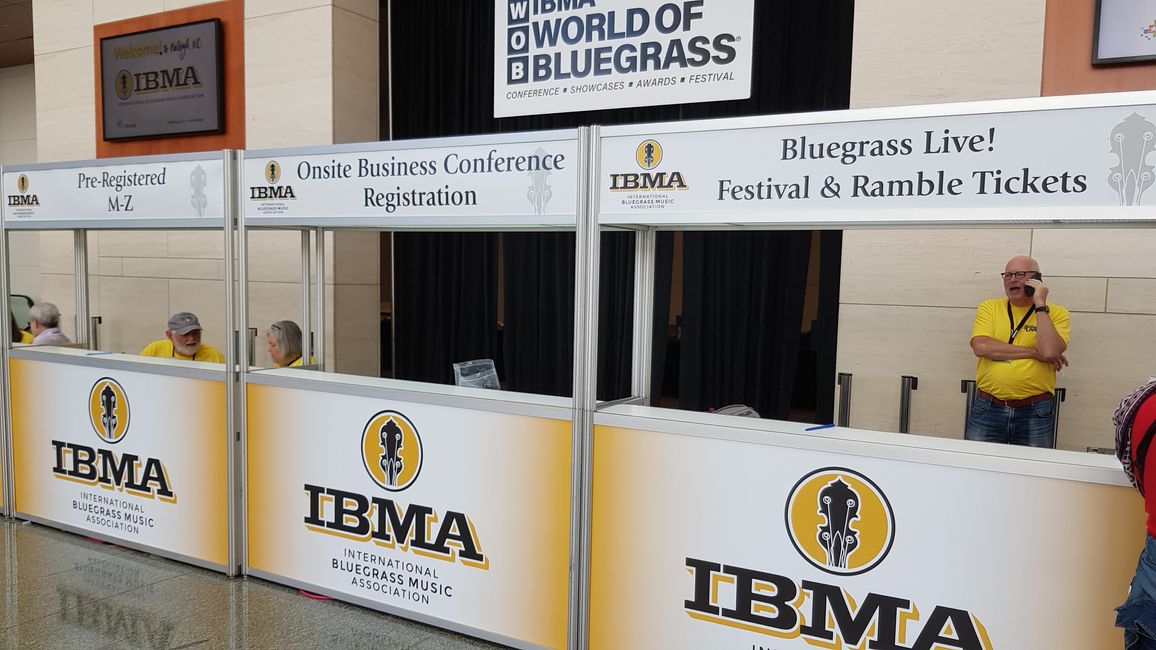
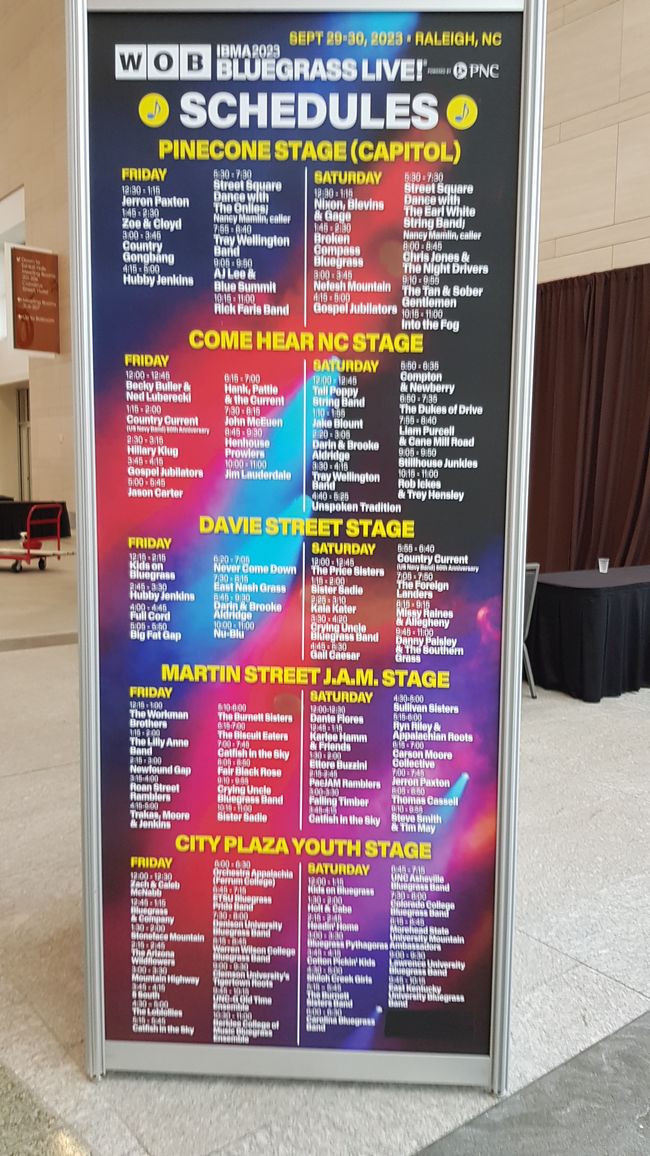
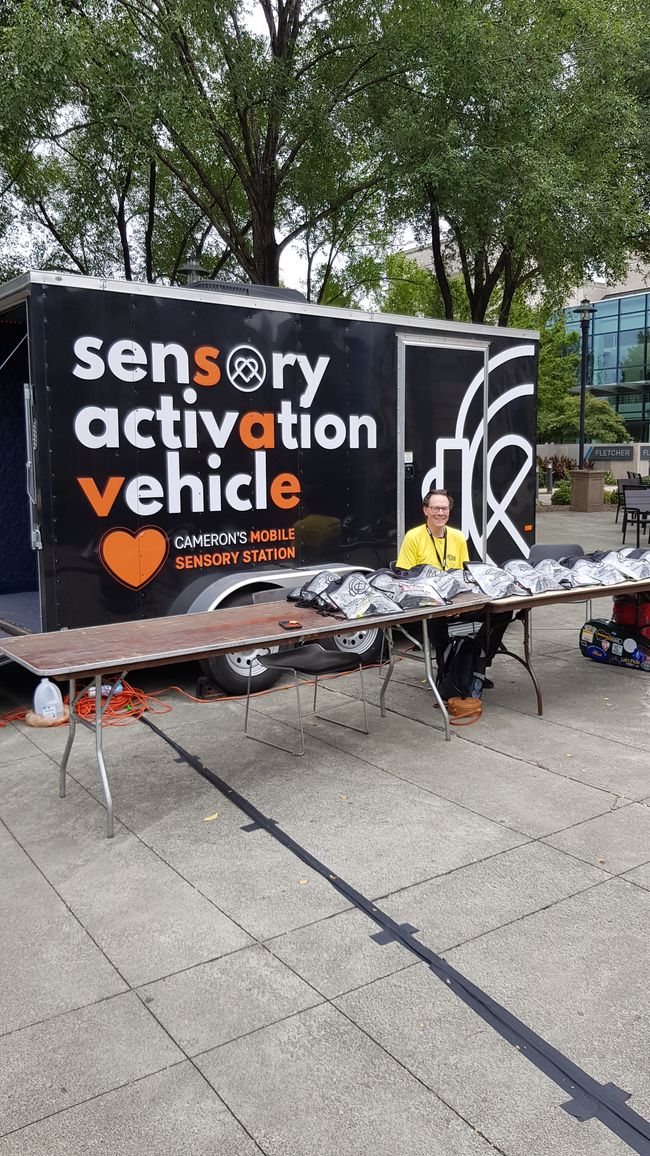
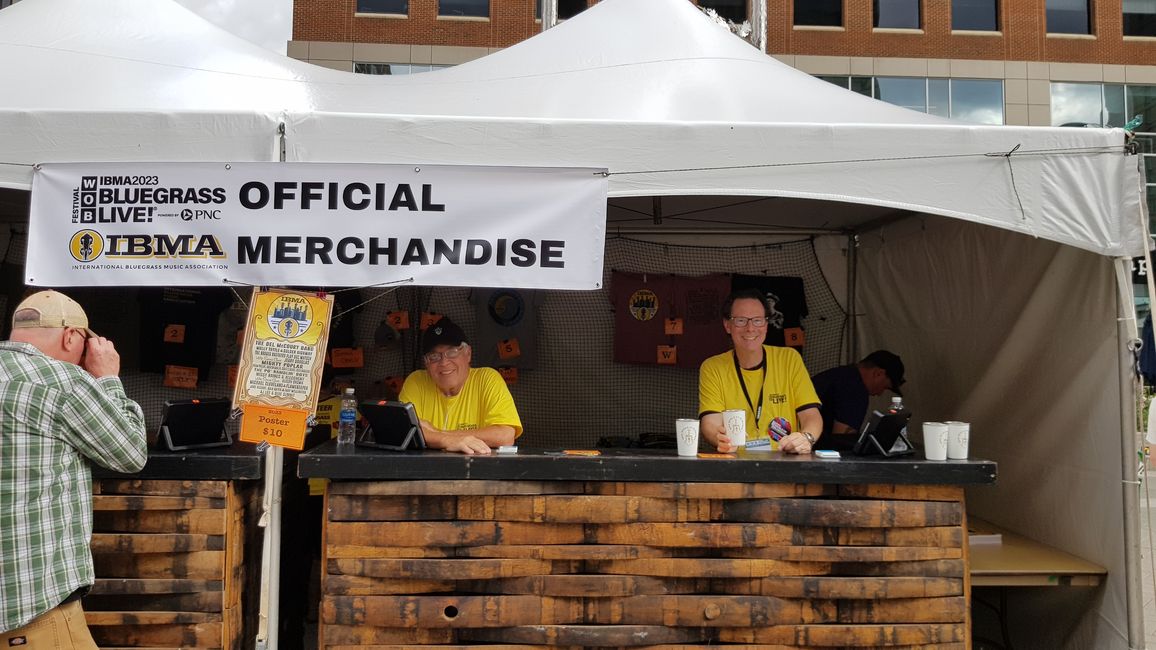
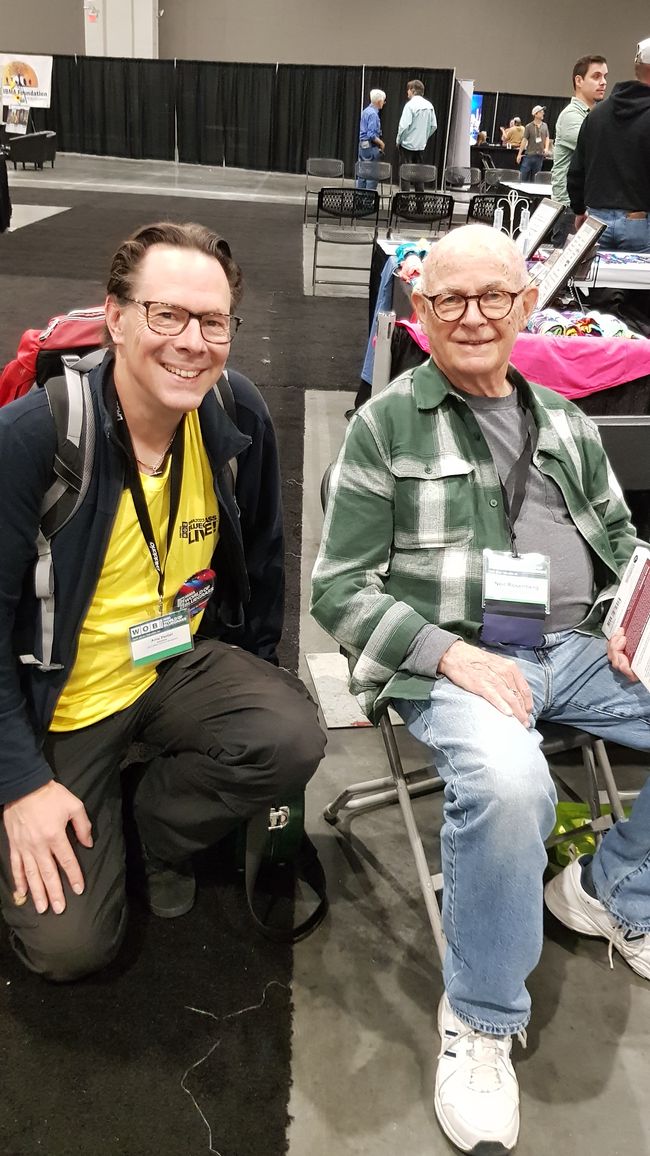
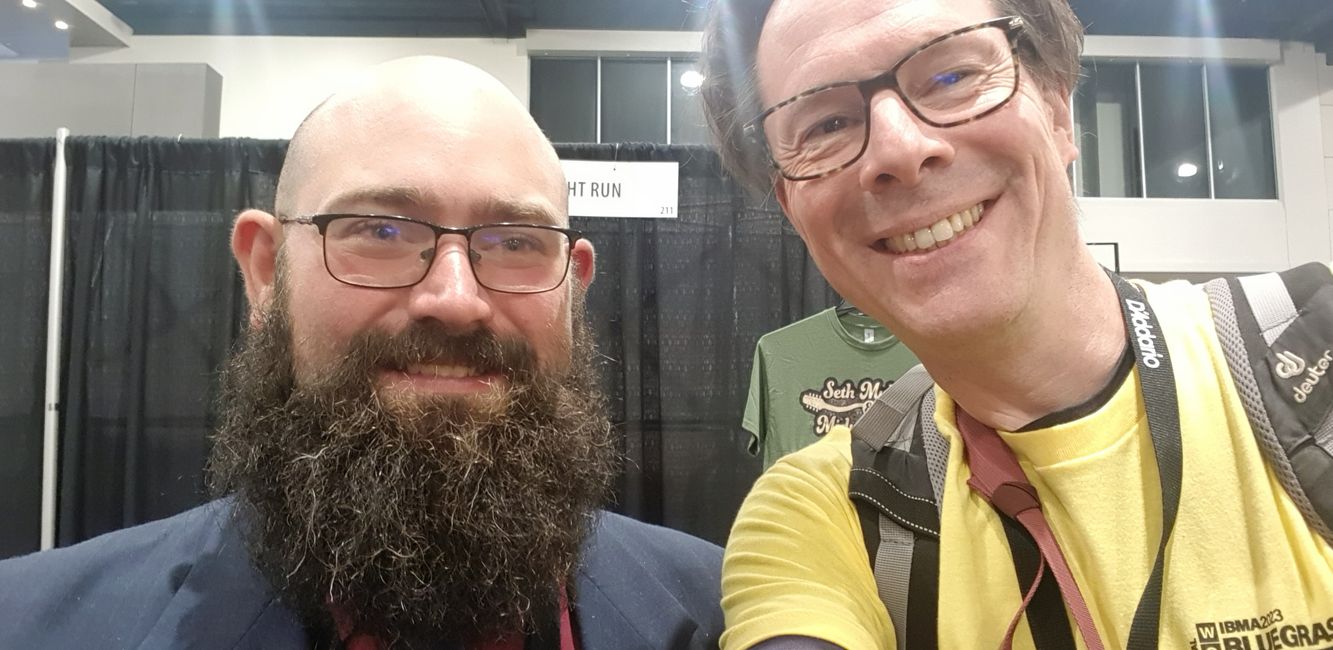
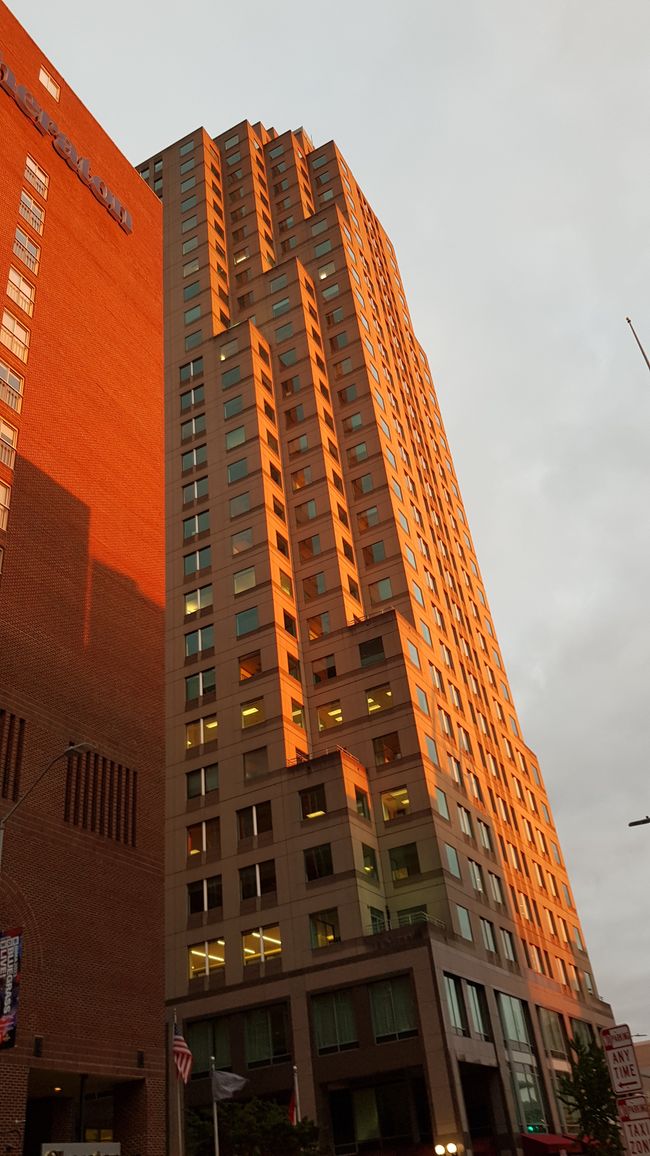
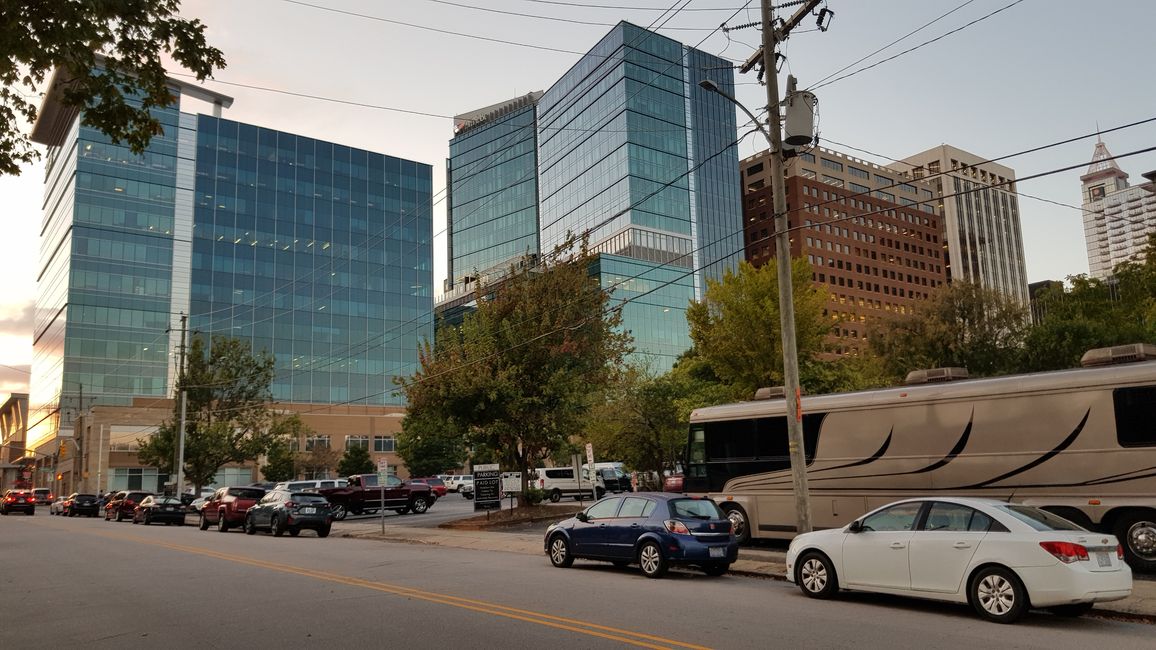
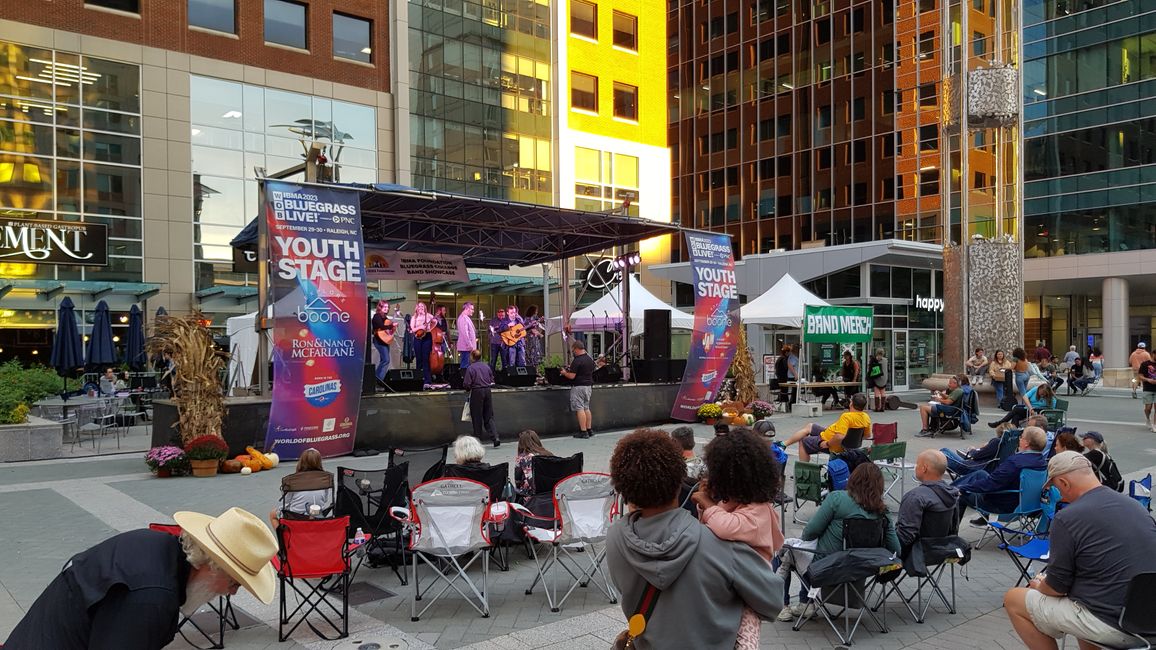
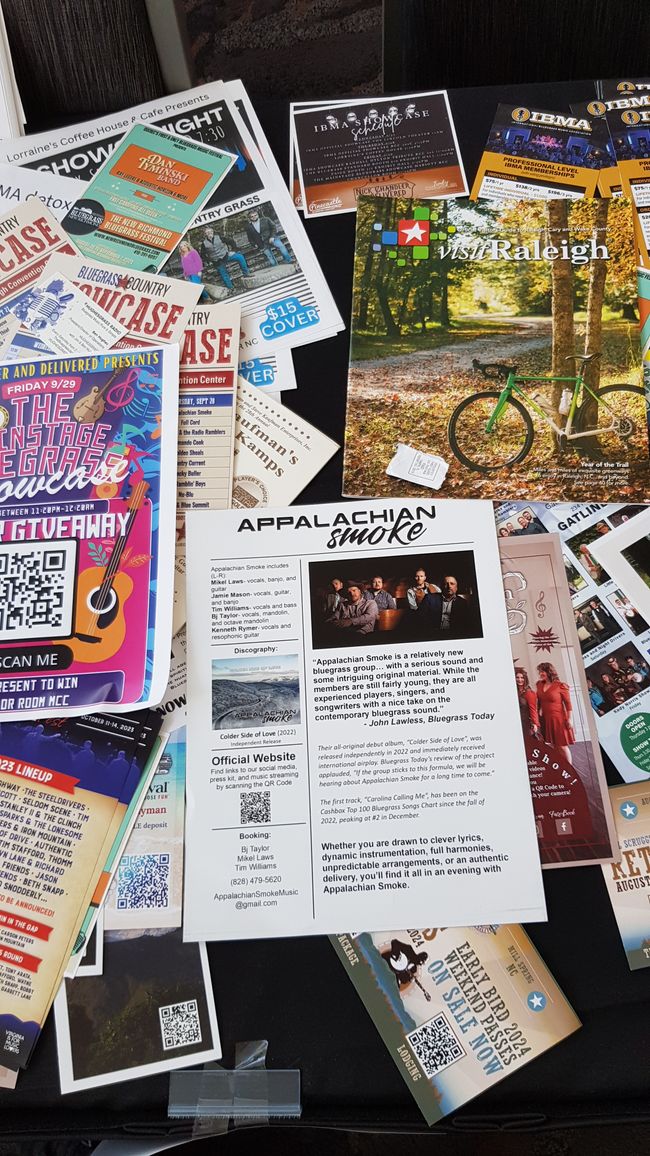
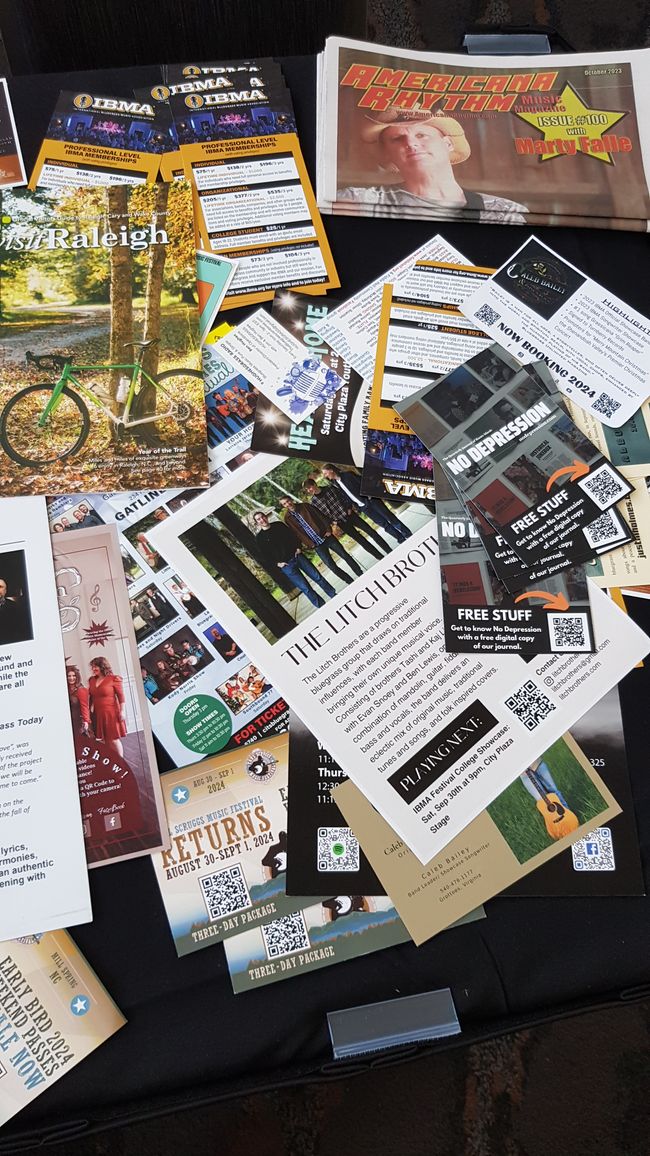
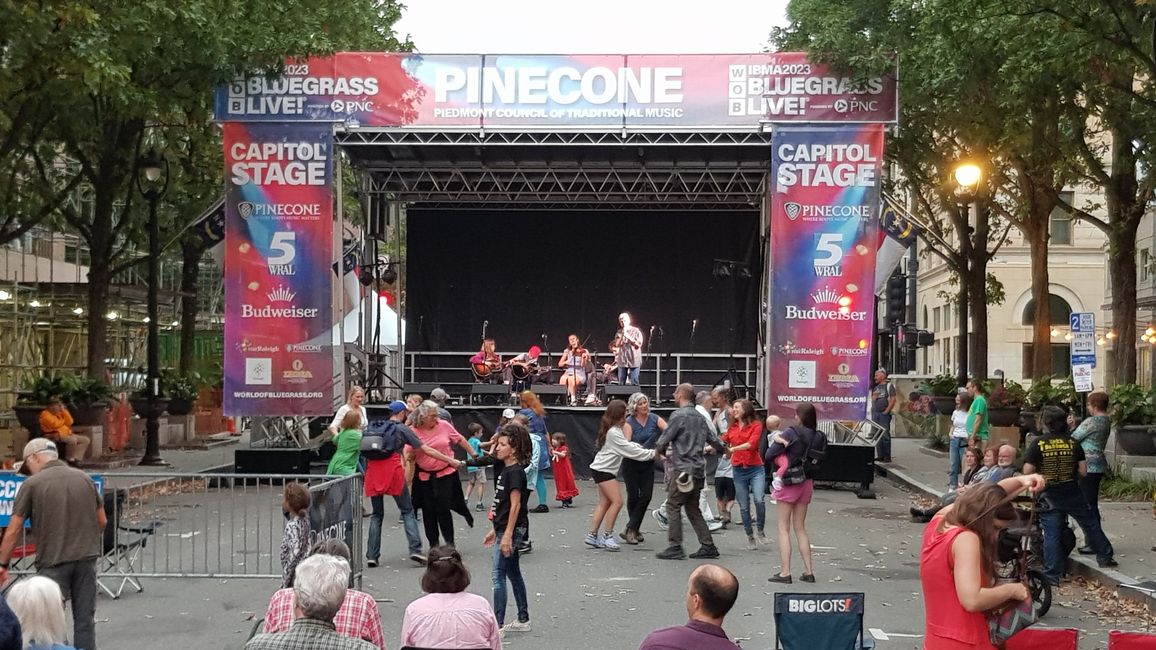
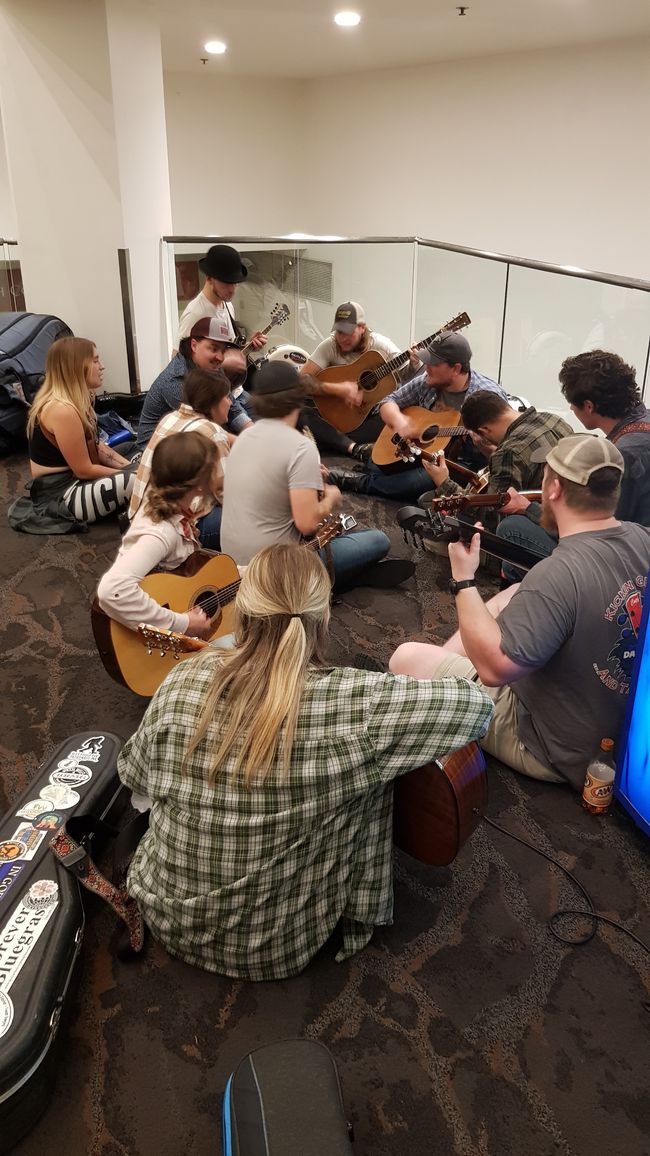
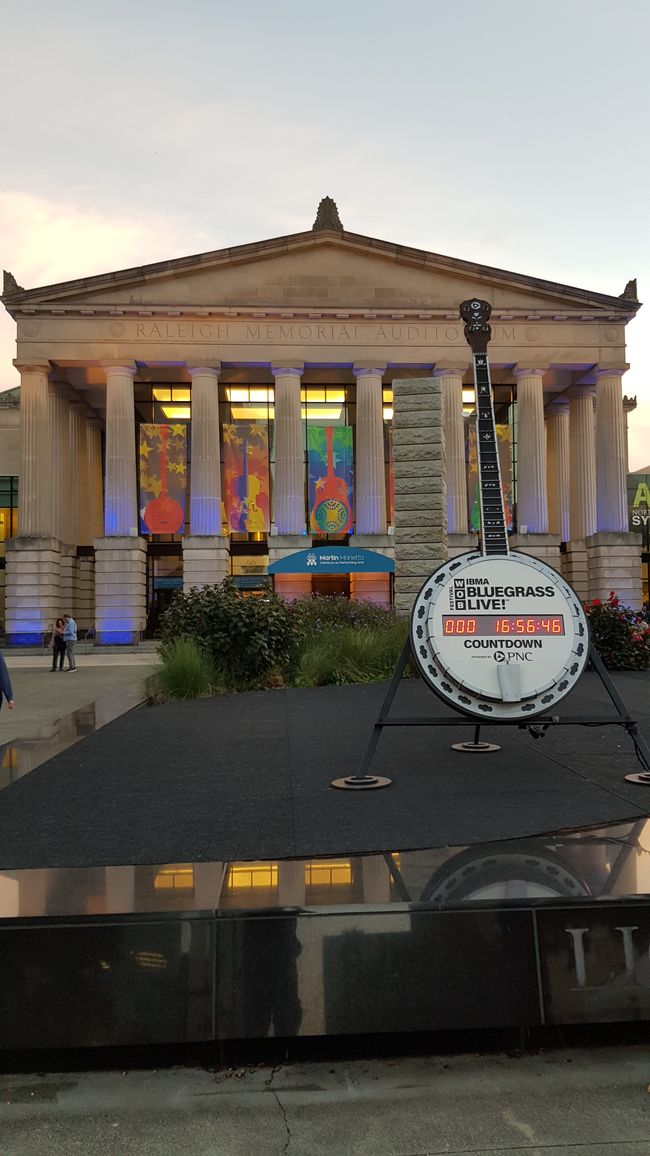
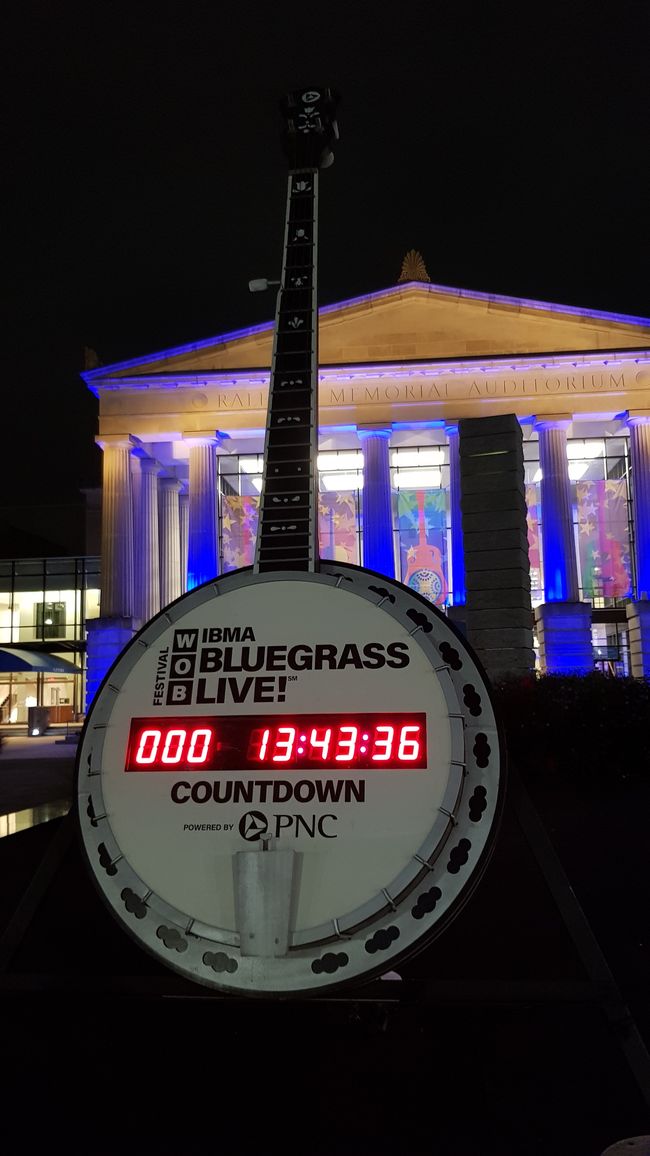
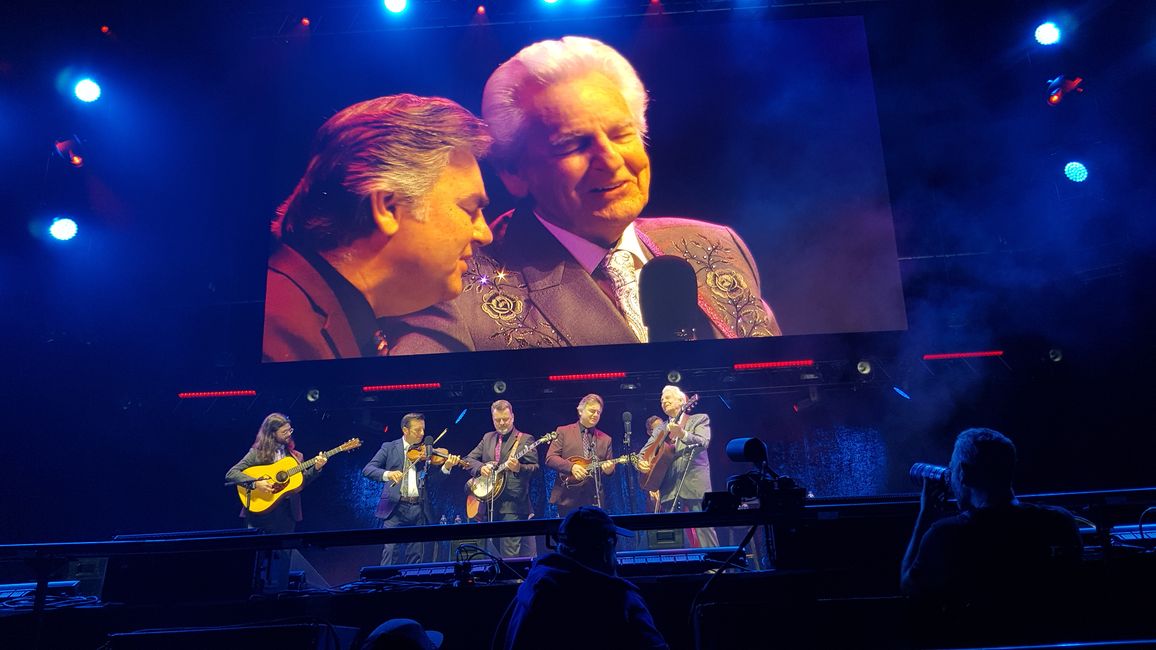
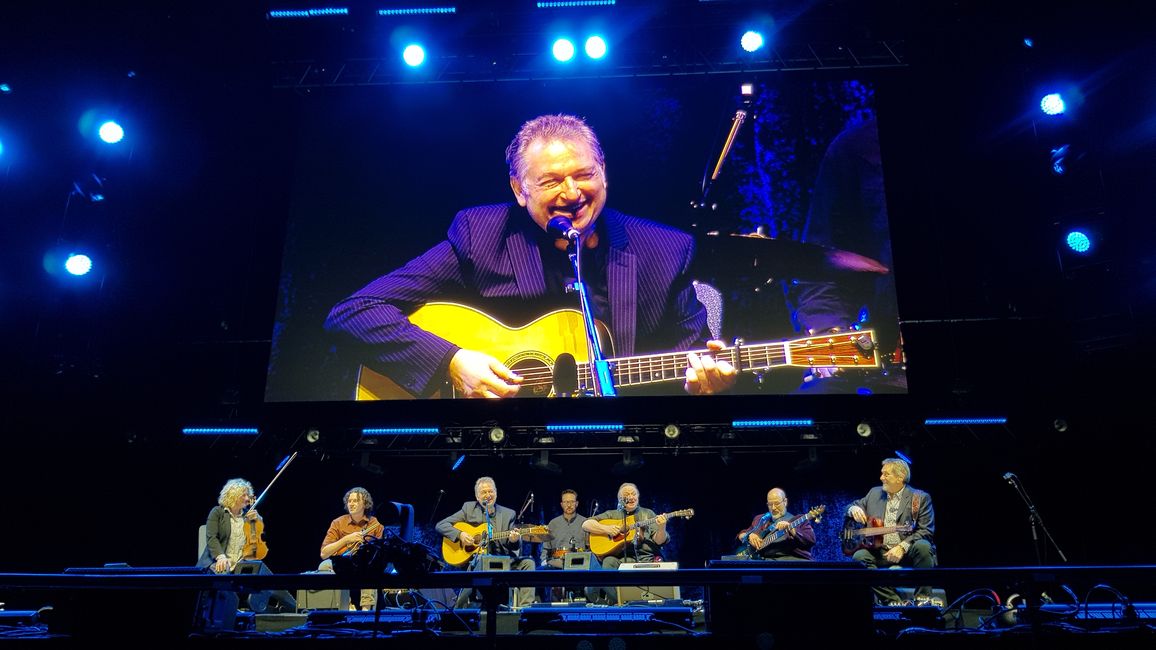
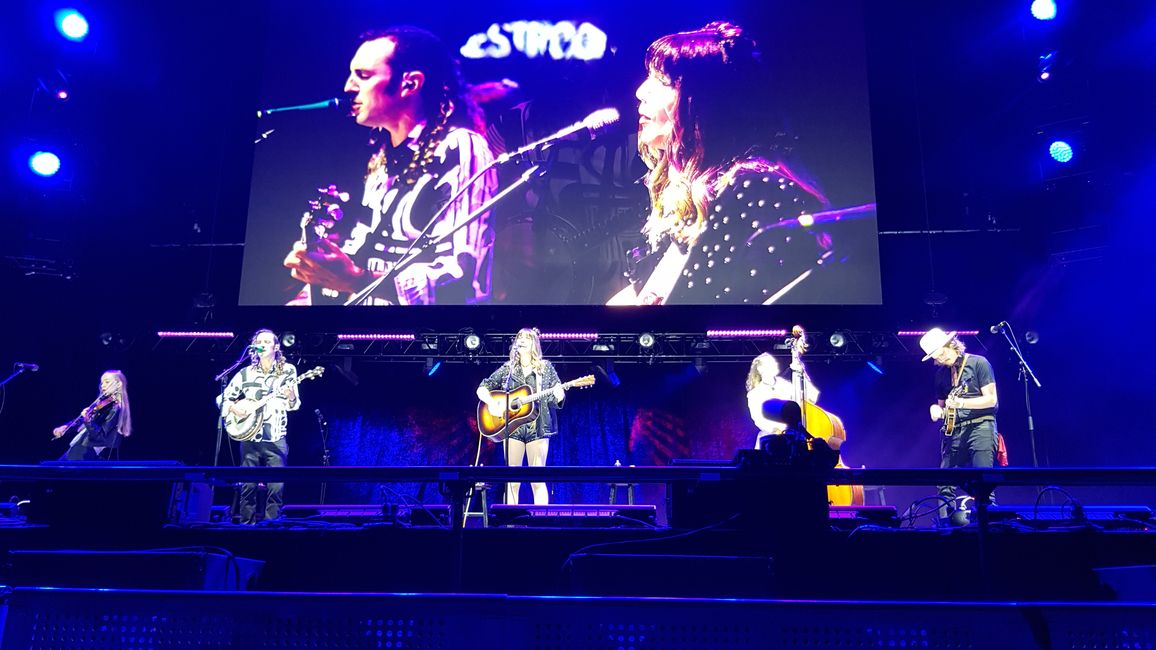
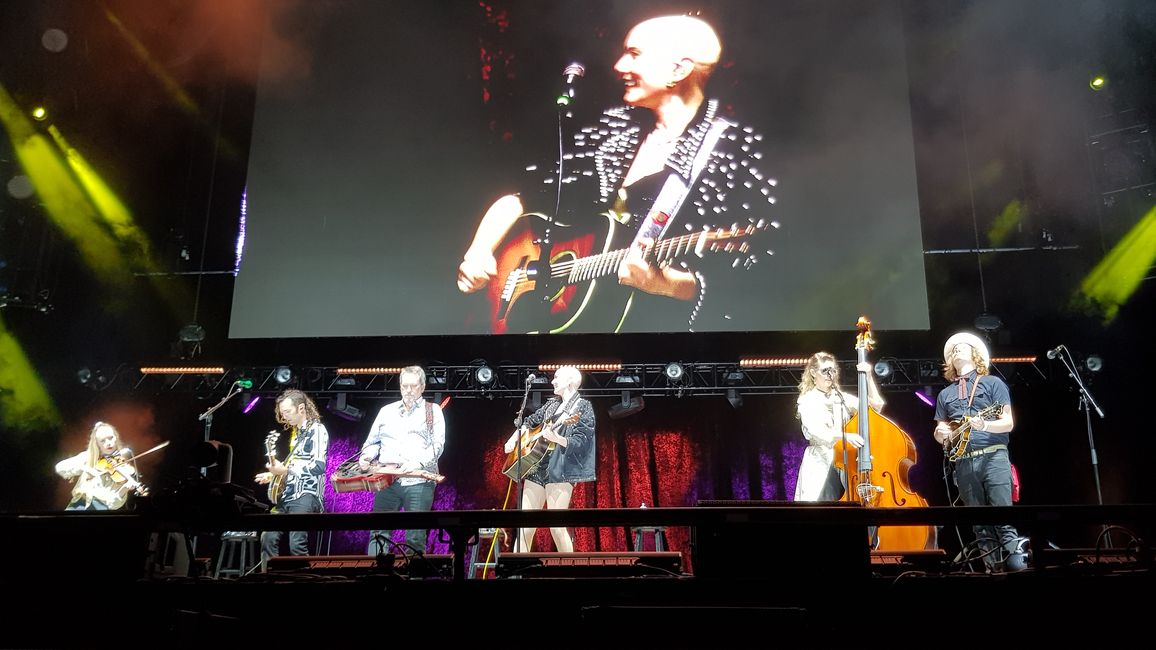
Harpidetu Buletinera
IBMA World of Bluegrass Festival
I probably would never have come to Raleigh, North Carolina without the IBMA (International Bluegrass Music Association) World of Bluegrass Festival. Although it is the capital of the state, it doesn't seem to be particularly attractive. Maybe I don't have enough time to really get to know something outside of the festival. The festival has previously taken place in various cities, but has been based in the city of Raleigh since 2013. However, it will move to another city after 2024. The festival includes a three-day conference with numerous events for musicians, publishers, songwriters, producers, music industry representatives and a large trade fair with everything that has to do with (bluegrass) music.
Volunteering
The conference will take place on the first three days (September 26th-28th) and on Friday and Saturday there will be public concerts spread across the city center. My tasks as a volunteer include: controlling entry in the large ballroom event hall for the Momentum Awards, helping with admission control in the Pour House, selling tickets for events and providing general information, looking after the “KultureCity Inclusive Sensory” stand (e.g. for autistic visitors) and helping with Merchandise stand. Around 200 volunteers are on duty throughout the festival. I strike up a short conversation with many of them because of our unmistakable yellow T-shirts. I talk to some for longer, for example during a “shift”. Probably the most exciting operation for me takes place at the IBMA Merchandise Stand. IBMA T-shirts of various designs and sizes are sold here. Also stickers, caps and cups. Conversing with older people or customers who have a strong southern accent is exciting and challenging. It's always good to do and the goods on offer are literally selling like hotcakes. Most customers pay by credit card, which works without any problems after a short training period. In between I get the apron for cash payments. Also exciting. Since the merchandise stand is right next to the Youth Stage, we get to hear music from various bands consisting of children and young people.
On the first day of the conference I met Tyler Griffith, whom I met a few months ago in Sandhatten at the concert of his European bluegrass band King Springs Road. He plays here several times during the festival with the band Seth Mulder & Midnight Run.
Musicians meet all over the city center to spontaneously have a jam session. Especially in the evenings in the hotel corridors, it is exciting to listen to and take part in this hustle and bustle. Songs that I know are played again and again and other pieces are easy to understand based on the chords. There are countless Martin guitars (and similar looking guitars), dobros, fiddles, mandolins, banjos, basses and the occasional harmonica. The different types of transportation for the different instruments are also interesting. The fiddle and mandolin players look the happiest. Almost all bass players carry heavy weights on their instruments...
Matt Glaser will speak at the opening keynote speech
https://www.facebook.com/intlbluegrass/videos/851262213221338
and compares or draws parallels between various pieces from the bluegrass genre and jazz and shows the mutual influence of the music. For example, some recordings of earlier pieces were recorded in the same studio while the following musicians were already present. Matt Glaser's talk is very exciting for me; Unfortunately, the crucial first 18 minutes can only be heard very quietly in the recordings of his lecture. He repeatedly gives the abbreviation IBMA a new meaning: “I blame mostly Armstrong” and “Imitate Bill Monroe Always”. What is striking about the event is that many visitors applaud loudly, but a significant number also remain completely silent.
Song Circle
On Tuesday afternoon I gather all my courage and take part in a song circle. Here we all sit in a circle and a “host” named Melody (a family band called Williamson Branch) starts playing one of her songs. Everyone introduces a song and those present applaud and comment. I sing my songs “Don't stop just now”, “No wonder why”, and two of my German-language songs “Was see ich da” and “Dreams of Whiskey and Haggis”. I get a lot of applause and the feedback that the chords and structure of the songs are very innovative and appropriate. The songs from the other participants are musically manageable. They tell good stories and often include a name of a state or different places or notable things (John Deere).
Kickoff party
The kickoff party will take place on Tuesday evening at the Lincolns Theater. The first band is “Special Consensus” with various special guests. Only after the evening did I realize who I had heard and why the group's music was so outstanding. I am particularly impressed by her mandolin player with his virtuosic, fast playing. The following band “Country Gongbang” comes from South Korea and is probably the international part of the festival. As so often experienced, their music is virtuoso and really worth listening to, but their announcements and stage presence still have room for improvement. They perform their songs in Korean, which impresses me. The next act to be heard is Violet Bell. Unfortunately my energy reserves are used up and I decide to go home after about half of the set.
Momentum Awards
On Wednesday morning, as a volunteer, I am responsible for the entrance control of the Momentum Awards. After entering, we watch volunteers and I am particularly impressed by a video from the Norwegian band “Hyde Bluegrass Orchestra”. The line-up is significantly expanded and, in addition to the bluegrass-typical instruments, also includes piano, accordion and a brass section made up of trumpet, saxophone and trombone. During the awards, the clattering of dishes is an interesting disruptive factor.
The exhibitions in the exhibition hall
In the afternoon I take part in an event organized by artists, composers and publishers. What is interesting, for example, is the attempt to differentiate itself as a Bluegrass Association from the much larger CMA (Country Music Association). I'm playing some interesting mandolins at the fair. For example, the Gibson stand is offering a re-issue of the legendary Lloyd Loar F5 mandolin from 1923 for the centenary. With an elegant suitcase and a small photo case for just under $20,000. I also play some vintage Gibson mandolins (both A and F style). But no meaningful judgment can be made based on the volume of an exhibition hall. All historical instruments lack the finishing touches for good playability. Sometimes the frets are played down or stick out from the fingerboard, sometimes the side position is not optimal.
At the trade fair I speak briefly with Neil V. Rosenberg. He is the author of numerous music books on various topics. One of my first books on the subject of bluegrass (purchased in the 1990s) is his standard work “Bluegrass: A History”.
Pour House
In the evening I have another volunteer assignment at the Pour House. A music hall that hosts countless concerts with local rock, metal and alternative bands. But this evening it's just bluegrass bands. At the entrance, the employees there have everything under control and I can easily observe the visitors and the neighboring street scenes. At some point I start talking to one of the employees and it turns out that he is also a musician and runs a small recording studio. After my assignment is over, I go into the event room and listen to the band “Rachel Sumner & Traveling Light”. I am particularly impressed by the song “Radium Girls”, which tells the story of young women who, in the 1920s, mainly painted clock faces with radium and who became sick and died in large numbers. Often the companies knew about the danger and only after a long time and a few processes were the working conditions changed and laws passed that contributed to the safety and health of workers.
https://youtu.be/FPZoKte3zd8?si=hqoZBb_qsc1rOnMk
Afterwards, 14-year-old Wyatt Ellis can be heard with a band. This exceptional talent obviously benefited from the Corona pandemic by perfecting his mandolin playing and playing and composing pieces with numerous other musicians.
After this gig, I go to the Marriott Hotel and listen to some sessions in the hallways. Then I hear Seth Mulder & Midnight Run perform. I find the instrumental skills and the perfect interaction impressive.
Award show
The fairly well-paced awards show takes place in the Lincoln Theater. A large event room with around 350 seats. Molly Tuttle and Ketch Secor host the show. Prizes are awarded for a variety of areas, for example the best male/female voice of the year, the best instrumental recordings of the year, and the best song of the year. And deceased musicians are remembered (e.g. Jesse McReynolds, Bobby Osborne). I am particularly pleased about the induction of my mandolin idols David Grisman and Sam Bush into the Hall of Fame. David Grisman “The Dawg” thanks you in a beautifully made and personal video address. Sam Bush is there in person and is great and very authentic in both his speech and his music. In between, you can always hear music from various greats of bluegrass music (Del McCoury Band, Appalachian Road Show, Crying Uncle Bluegrass Band, Molly Tuttle & Golden Highway, Sister Sadie, The Po' Ramblin' Boys, Sam Bush, Alison Brown and Steve Martin - yes, the actor!).
After the show I grab my mandolin and join in some sessions at the Marriott Hotel. During one of the sessions I meet the roommate of my Airbnb accommodation. She came all the way from Nashville to present a song at the fair.
Live show in the amphitheater
On Friday and Saturday the big concerts take place in the outdoor area of an amphitheater. I have a ticket for another area, but I sit in an empty seat in the front row. On Saturday, the two IBMA chairmen Paul Schiminger and Ken White are sitting next to me. I start talking to Ken - a nice guy.
Here I hear:
(Friday)
Michael Cleveland & Flamekeepers
Mighty Polar
The Del McCoury Band
(Saturday)
Po' Ramblin' Boys with surprise guests (including Wyatt Ellis)
The Kruger Brothers play Doc Watson with special guest Jerry Douglas
Molly Tuttle & Golden Highway
Even after these impressive concerts, I still listen to and play music in the Marriott Hotel.
Harpidetu Buletinera
Erantzun
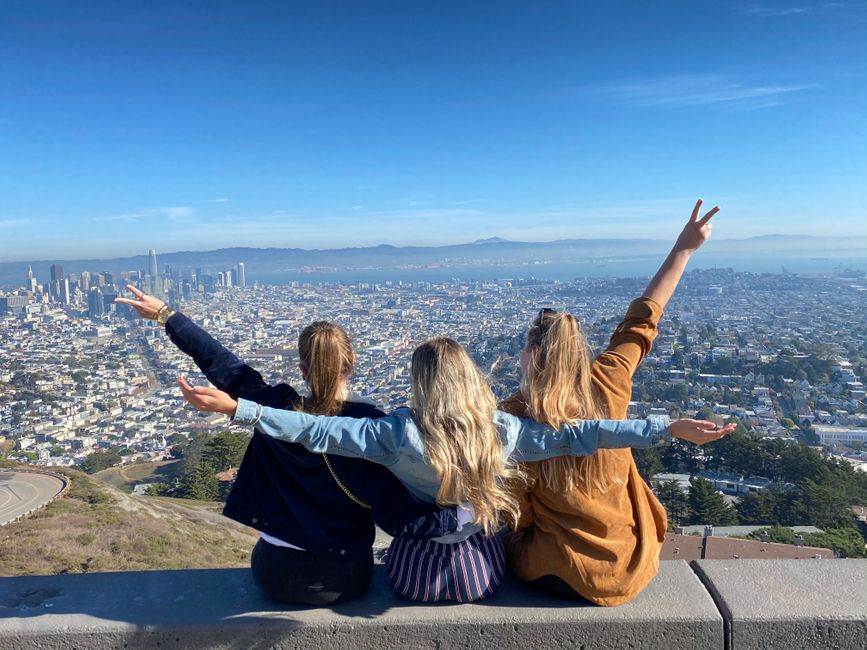
Bidaien txostenak AEB

